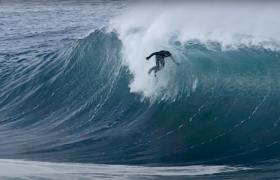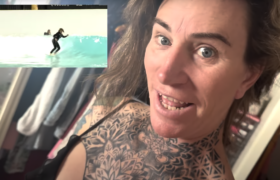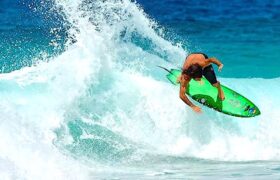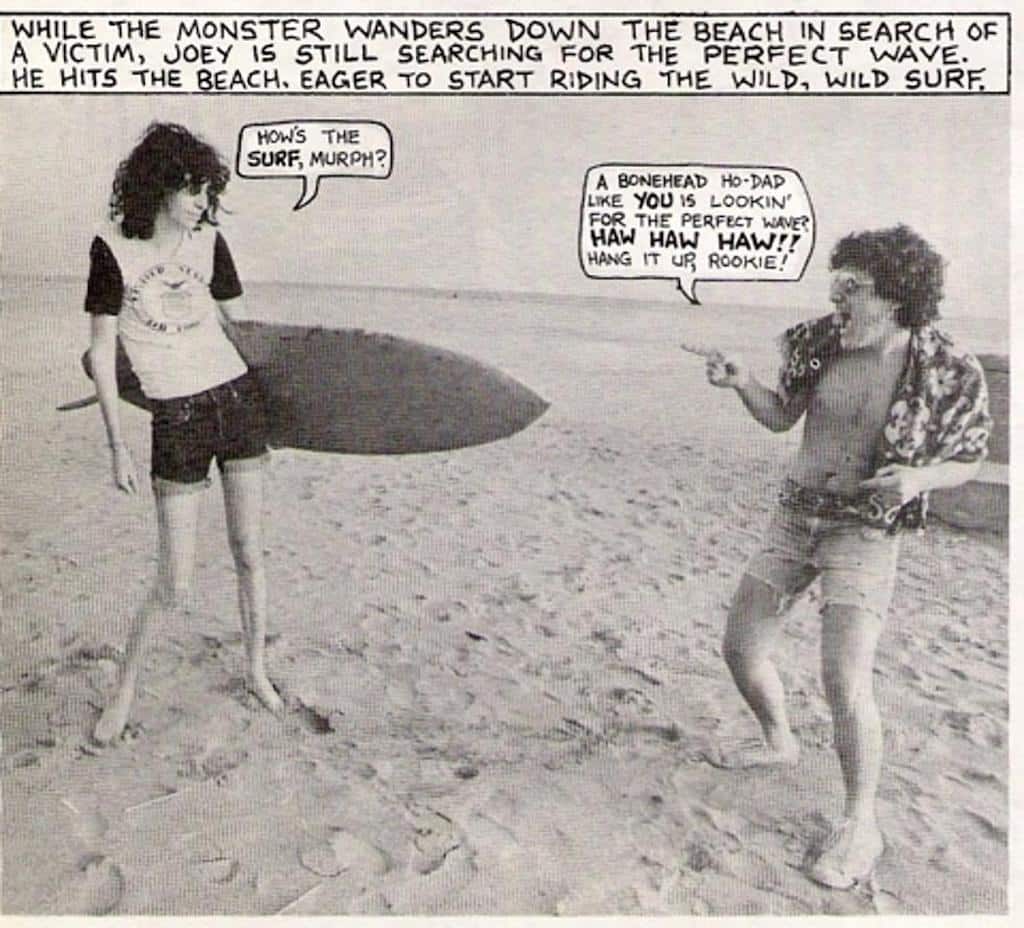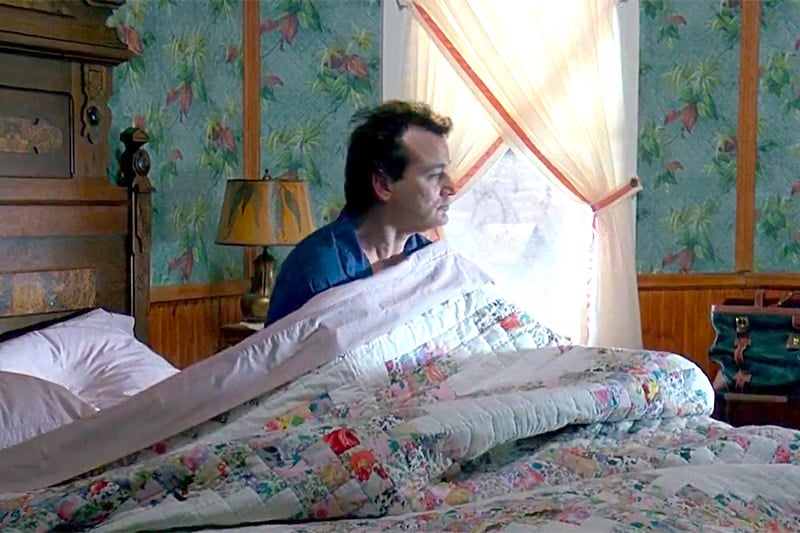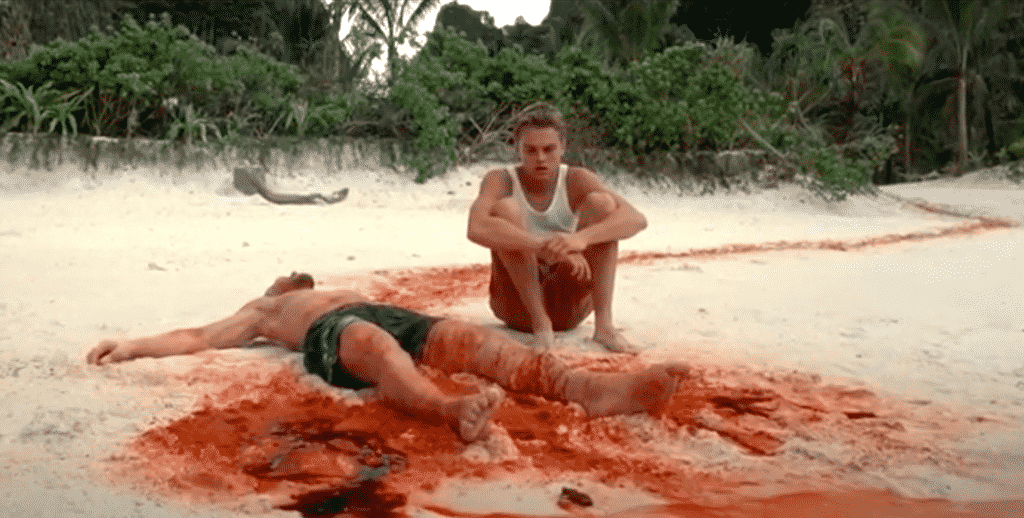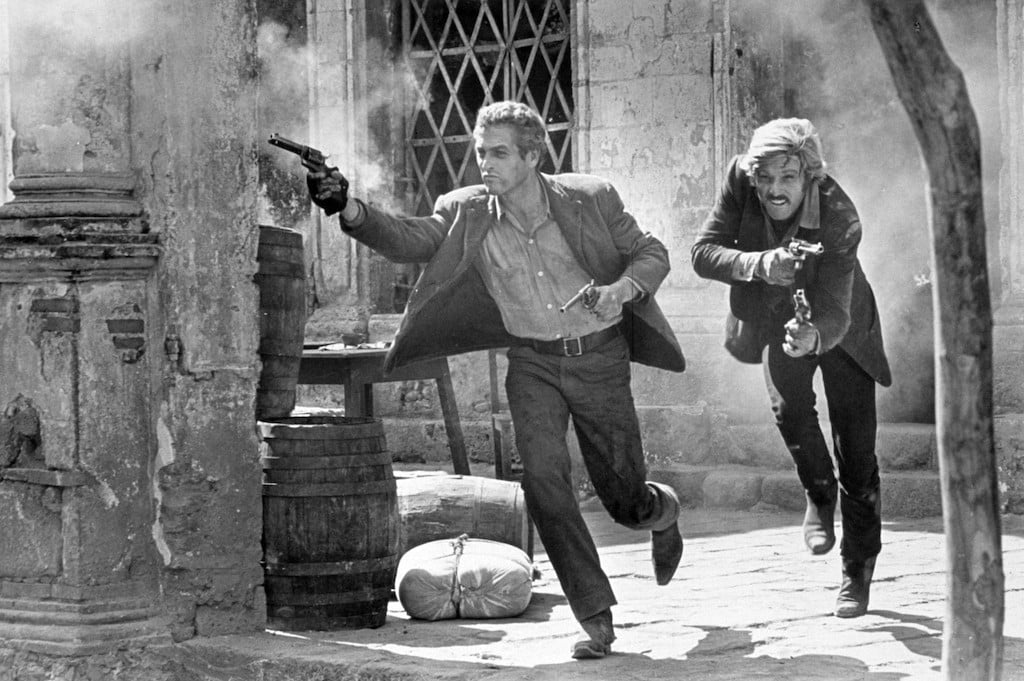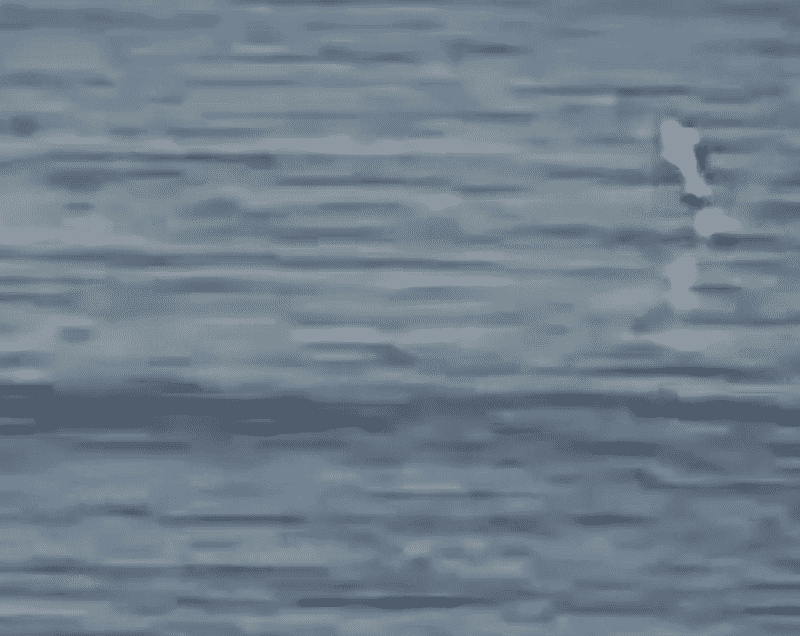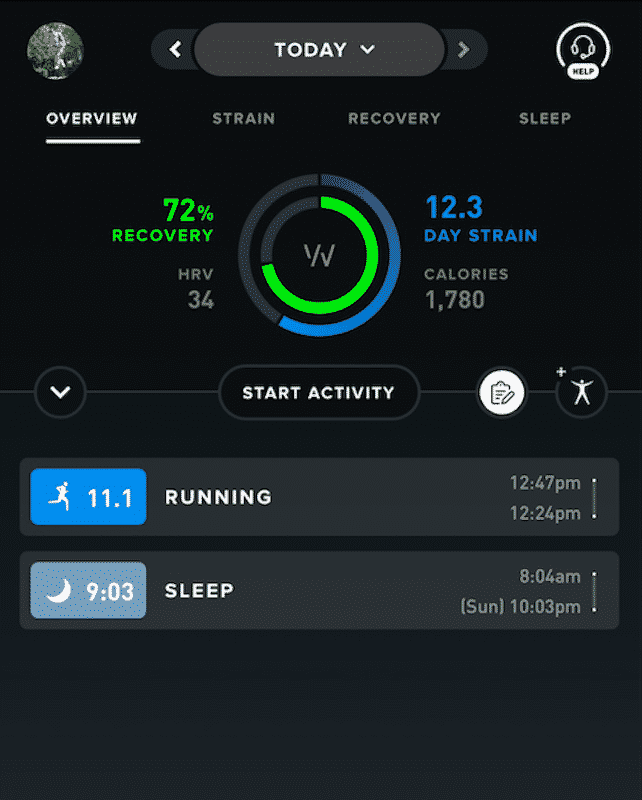Last wave.
Any surfer even vaguely aware of music has, at the very least, heard of the New York venue CBGB. The bar, which opened in the Bowery district in 1973 and named “Country Bluegrass Blues and Other Music For Uplifting Gormandizers,” or CBGB & OMFUG for short, quickly became the place for the hot New Wave and punk sounds of the time.
A veritable who’s who played on its cramped, darkened stage from Elvis Costello to Patti Smith, The Ramones to The Misfits, Reagan Youth to Joan Jett and the Blackhearts.
CBGB became an iconic Mecca but closed in 2006, becoming occupied by designer John Varvatos and environmentally conscious surf brand Patagonia.
An odd fit?
Maybe as Patagonia feels more… I don’t know… not Phish but maybe something like Phish to me. Journey?
Allman Brothers?
In any case, according to the local Bowery Boogie newsletter, Patagonia is no more. Per the report:
The Patagonia Surf shop on the Bowery rode its last wave.
Corporate pulled the plug on the Lower East Side outpost at the end of October, leaving a retail vacancy in an area that has been upscaled in a big way over the last decade. Store signage was pried from the facade, and the interior scraped bare.
Ready for the next occupant.
Patagonia signed a ten-year lease on 313 Bowery back in 2012, but Hurricane Sandy postponed the launch by a year. In its prior life, this address housed the CBGB Record Canteen, the annex which later morphed into CB’s Gallery in the late-1980s, hosting shows of various genres.
And there we have it.
Coldplay?
Dave Matthews Band?
I’m really struggling to musically cast Patagonia.
Can you help?
